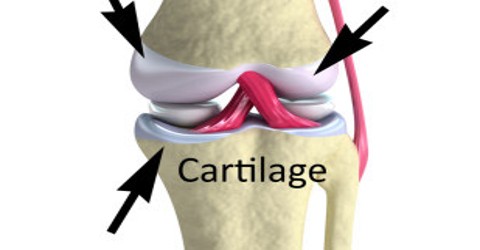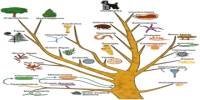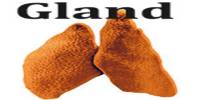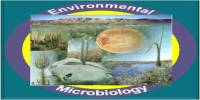Cartilage
Definition
Cartilage is one of the types of connective tissue in our body. It consists of cells called chondrocytes mixed with collagen and sometimes elastin fibers meshed into a matrix. It’s softer and more flexible than bone. It is made up of specialized cells called chondrocytes. These chondrocytes produce large amounts of extracellular matrix composed of collagen fibres, proteoglycan, and elastin fibers. There are no blood vessels in cartilage to supply the chondrocytes with nutrients.
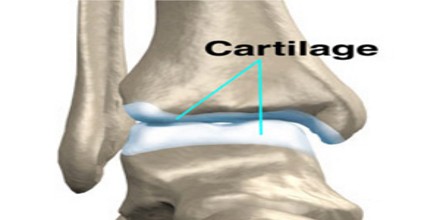
The main structural components of our bodies are bone, muscle, and cartilage. Bones are rigid, while muscles bend, stretch, and are flexible. Cartilage connective tissue is the perfect halfway point between these other tissues. The compression of the articular cartilage or flexion of the elastic cartilage generates fluid flow, which assists diffusion of nutrients to the chondrocytes. Compared to other connective tissues, cartilage has a very slow turnover of its extracellular matrix and does not repair.
Structure and Functions of Cartilage
There are three types of cartilage found in the human body. Elastic cartilage is the most flexible, which means it contains the most chondrocytes. This is the type of cartilage found in our ear.

Hyaline cartilage is the second most flexible, and this cartilage is found in our nose and at the end of our ribs. It lines the bones in all of our joints, helping us to move about freely.
Fibrocartilage contains even more collagen fibers than hyaline cartilage. It’s the most rigid type of cartilage and can be found in intervertebral discs in the spine. It’s also the strongest type of cartilage. This quality makes it a good connector in high-stress areas of the body, such as between bones and ligaments and tendons.
Chondrification, also known as chondrogenesis is the process by which cartilage is formed from condensed mesenchyme tissue, which differentiates into chondroblasts and begins secreting the molecules (aggrecan and collagen type II) that form the extracellular matrix. The articular cartilage function is dependent on the molecular composition of the extracellular matrix (ECM). The ECM consists mainly of proteoglycan and collagens.
Cartilage is avascular, which means there are no blood vessels supplying it with nutrients. Instead, cartilage receives nutrients as they diffuse through surrounding connective tissue. It can become damaged in a variety of ways.

Cartilage has limited repair capabilities: Because chondrocytes are bound in lacunae, they cannot migrate to damaged areas. Damaged hyaline cartilage is usually replaced by fibrocartilage scar tissue. Over the last years, surgeons and scientists have elaborated a series of cartilage repair procedures that help to postpone the need for joint replacement.
Reference: study.com, wonderopolis.org, news-medical.net, wikipedia.
